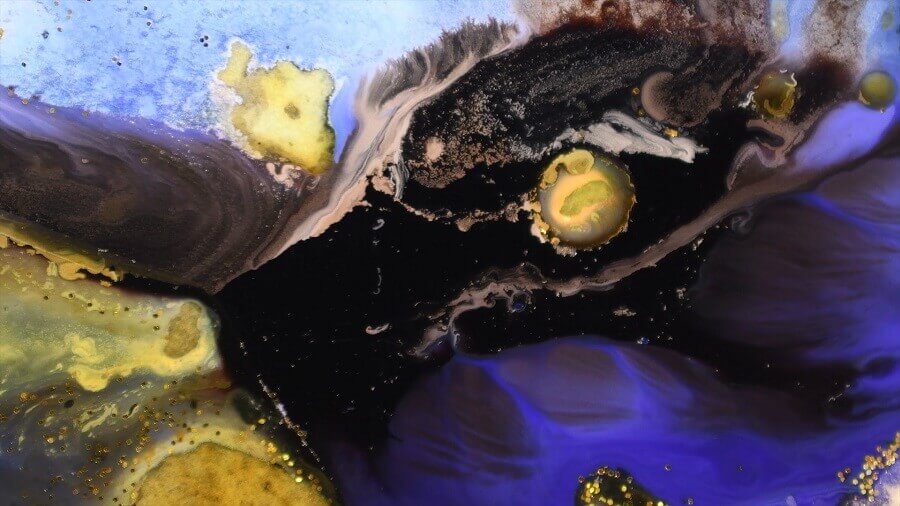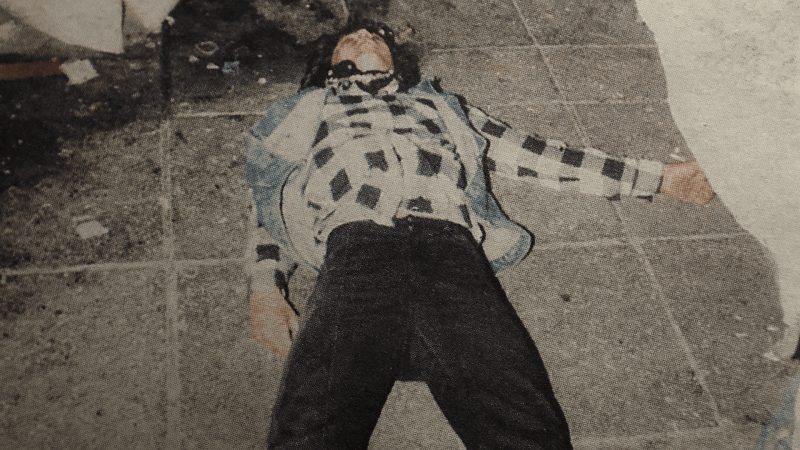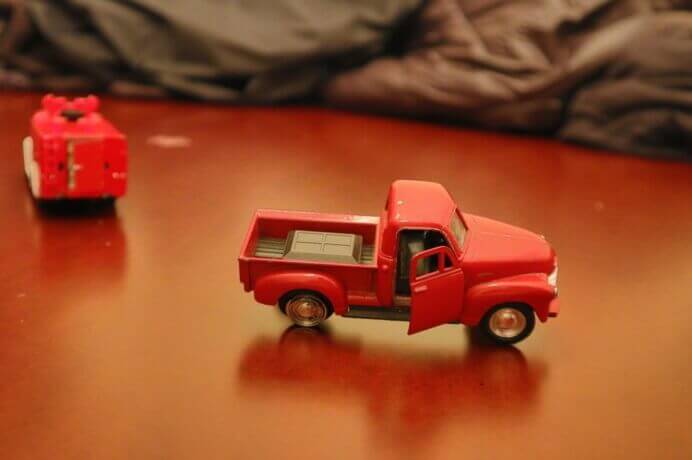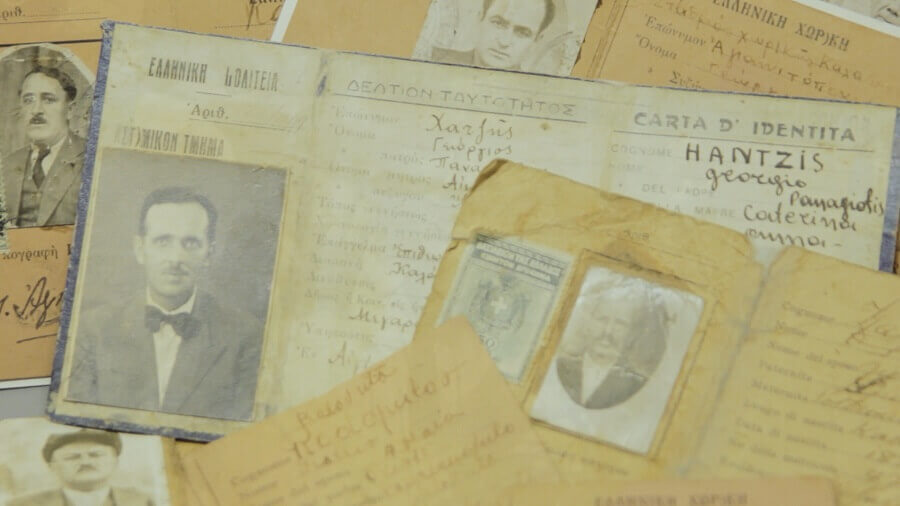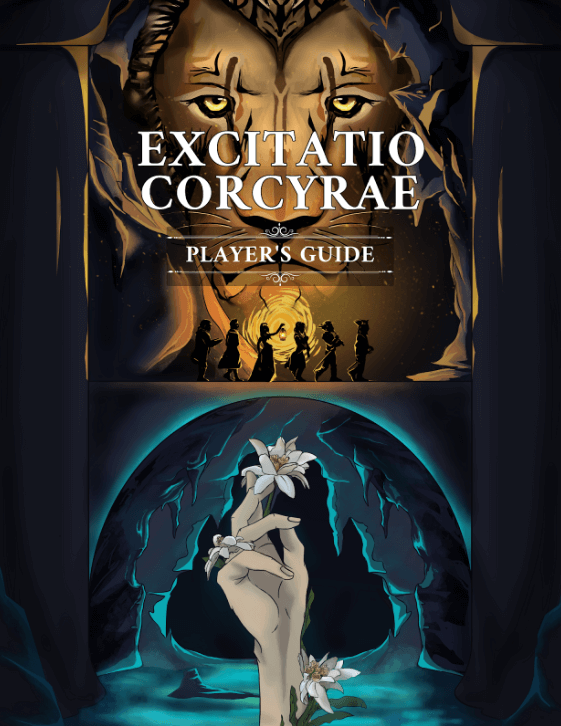Finem

The performance Finem deals with app[ause ας a transformative act. The aim of the action is to deconstruct applause ας a social expression of admiration and recognition. Βγ creating a collective rhythm of imperative through the body, an experiential interaction with the participants is sought.
Related Works
Moments that meet and compose new ones through clips of a few seconds. Their common point is the associative thinking during their creation and the sense of the surrealistic-dreamlike mood.
While we dream, much of the information that the brain involuntarily collects during the day, is intersected and integrated with previous experience and can be used in future behaviors.
EX-SITU[existing situations] is an interactive installation that incorporates a computer, sound, and lighting technologies in which users/ viewers take part in the destruction of the painting by stepping on it. At the same time, a motion tracking system marks visitors and a light spot tracks them.
The content of EX SITU calls for awareness of social indifference, self-promotion, and their impact on society. The structure of EX SITU is intentionally ambiguous, revealing the obsession/fascination for the protection of material in contrast with the empathy for other people.
The interactive installation underlines the responsibility of individuals in society. The theoretical part analyses the Destruction in Art Symposium in 1966 and The bystander effect, or bystander apathy, in which individuals are less likely to offer help to a victim when other people are present.
"Dharmadhatu" is an experimental audiovisual video with linear narrative. It has been created with an original experimental technique, where each frame results from a live recording of the behavior of flowing colors on a painted surface.
The female body carries a history of wounds throughout the centuries. Murders and rapes of women around the world, clitoridectomy in African countries, women covered with Chadors in Iran, Saudi Arabia and Afghanistan, women covered with Burkas in the Persian Gulf, death by stoning in India, family homicides in Pakistan, baby girls thrown in the trash upon birth in China, excision still happens today in some countries in Africa.
The female body that brings life into the world has the right to expression, sexuality, to wearing whatever it wants, to creating, falling in love, to growing old, leaving, to be free. This performance concerns the female body but also the redefinition of the position of the women today. The sound is a key part of the performance it is an original composition by Nikos Kanellakis especially for the specific action. The performance will be videotaped and the material will be displayed on a screen at the same time.
An essay-film which looks for mnemic traces of major political events inscribed in the body of the metropolitan entity of Athens.
The Wroom, is a movie that start with two red iron cars, a 1953 Chevrolet 1100 & a 1954 Magirus Deutz small fire engine, spilling out of a race of skills, flips and drifts at speed in the dining room of their home. In a brightly room, in a world where imagination knows no bounds.
It’s Monday, the 13th of December 1943, the small town of Kalavryta is set on fire by the occupation army of Nazi Germany while the entire male population is being gathered on a nearby hill and shot dead. This war crime will go down in history, along with the massacre of Acqui Division, as the largest mass killing in Greece during WWII. Three men who witnessed these events as kids, locked up with the rest women, children and elderly people in Kalavryta’s primary school, recall this traumatic experience.

